Milloinkohan Suomeen saadaan ensimmäiset avaruusjääkärit?
Onhan siellä jo jotain ollut melkein vuoden verran vireillä.
Mutta kun toiminta kerran on Ilmavoimien vastuulla, niin olisiko oikeampi arvo kuitenkin avaruussotamies.

Follow along with the video below to see how to install our site as a web app on your home screen.
Note: This feature may not be available in some browsers.
Milloinkohan Suomeen saadaan ensimmäiset avaruusjääkärit?

In June, the Defense Department released its Space Strategy document. That document lays out the department's four-pillar strategy for work that needs to be done in space within the next decade and beyond.
Justin T. Johnson, acting deputy assistant secretary of defense for space policy, discussed that strategy at a virtual Heritage Foundation event.
The first line of effort, he said, is for the U.S. Space Force to build a comprehensive military advantage in space.
The second effort is to integrate space in the joint force and with allies and partners. That mission is primarily the responsibility of U.S. Space Command, which organizes exercises and prepares for the fight in space, should that become necessary, he said.
The third effort, he said, is to shape the strategic environment. That includes such things as educating the public about threats, promoting responsible activities in space and putting adversaries on notice that harmful meddling will be met with a deliberate response from the department at the time and means of its choosing.
The fourth effort, he said, is to work with allies, partners, industry and other U.S. agencies. For example, NASA, the Federal Aviation Administration and the Commerce Department are working to help streamline regulations for industry. In turn, the DOD is relying on help from industry.
Overall, the Space Development Agency is the key strategist.
Allies and partners are excited to work with the U.S., he added, and already, 20 nations and 100 academic and industry partners are collaborating with the department.
Johnson pointed out why the Defense Space Strategy is so important. "China and Russia are aggressively developing counter-space capabilities specifically designed to hold U.S. and allied space capabilities at risk. China and Russia have made space a warfighting domain."
He mentioned numerous examples of Russia and China deploying systems that could potentially knock out U.S. satellites, which are vital to such things as missile warning; precision, navigation and timing; and weather forecasting.
Besides the military aspect, Johnson mentioned that space is vital to U.S. and global commerce. "Our $20 trillion U.S. economy runs on space."
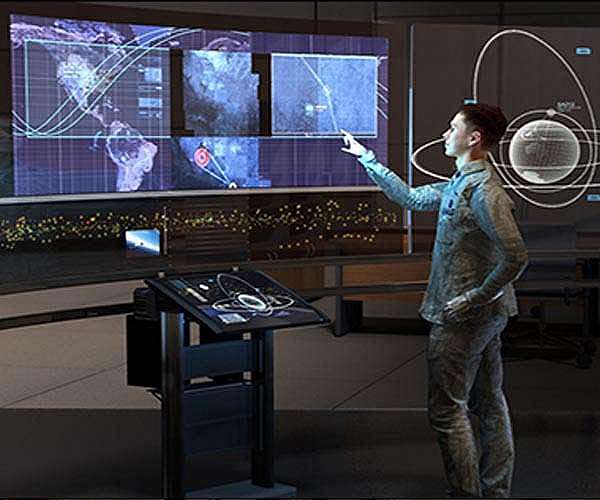
The creation of the US Space Force has conjured up all manner of fanciful notions about combat in space. Will military satellites act like X-wings and Tie Fighters, zipping around and shooting at one another? Or perhaps will larger ships akin to the USS Enterprise fire photon torpedoes at enemy warbirds?
Hardly. But even those with more realistic expectations for what could happen if nations went to war in space—perhaps satellites using orbital kinetic weapons to attack other satellites?—may not fully appreciate the physics of space combat. That's the conclusion of a new report that investigates what is physically and practically possible when it comes to space combat.

 arstechnica.com
arstechnica.com
The advent and proliferation of space-based technologies has very rapidly transformed the modern world. Yet, for all the technological and innovative advantages that space assets enable for the growth of the global economy, improvement on quality of life and stability of national security, the systems themselves are surprisingly vulnerable. As more entrants to the space enterprise emerge, new threats and risks must be accounted for to ensure the infrastructure is agile and adaptable enough to respond to any potential challenges.
A key aspect in outpacing the threat is the need to strengthen the cybersecurity of space assets to ensure the integrity of communication. To stay ahead in the encryption arms race, The Aerospace Corporation is exploring ways these systems can leverage the laws of physics to remain provably secure.
Using an emerging technique called quantum key distribution (QKD), satellite networks could potentially prevent the interception of sensitive data, such as for those used for orbital maneuvering or in military communications for the warfighter.
Aerospace is developing a proof of concept of QKD for space systems while also investigating its regulatory and market implications. A new report from Aerospace's Center for Space Policy and Strategy (CSPS) titled Challenges and Opportunities in Space-Based Quantum Key Distribution details the benefits of this new paradigm, as well as the actions required for its mainstream adoption.
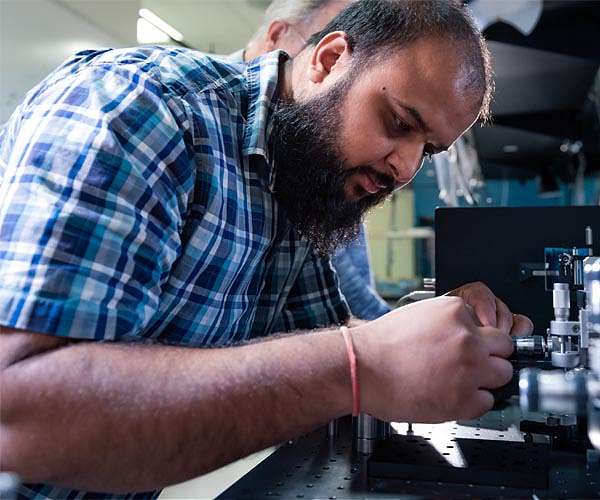

The United States must expand its space security cooperation with South Korea to better prepare against future threats, Gen. John Raymond, the chief of space operations at the US Space Force, has said.
In a video message to the 2020 Defence Space Power Development Symposium in Seoul, Raymond called space a growing source of national power and emphasised an increasing need for space security.
"In the future, the space force is committed to working with the Republic of Korea to improve our mutual capabilities to build capacity and resilience to emerging threats. Just like we have partnered on land, at sea and in the air, we must expand our cooperation in space", Raymond said as quoted by the Yonhap news agency.

Guardians from around the world gathered virtually Dec. 11 to reflect on their contributions and to recognize high achieving individuals for their performance during the U.S. Space Force's first year of operation.
The formal recognition was led by Secretary of the Air Force Barbara M. Barrett, Chief of Space Operations Gen. John W. "Jay" Raymond and Senior Enlisted Advisor to the Space Force Chief Master Sgt. Roger A. Towberman, in a ceremony Dec. 11, that coincided with larger efforts recognizing the service's first birthday.
"To our pioneers across the department, globally, we celebrate your exceptional contributions in building the U.S. Space Force into an extraordinary force," Barrett said. "You are today's history makers. Like Hap Arnold, you are pioneers building our newest service, dedicated to reaching beyond our perceived infinities."

A new arms race is unfolding among spacefaring nations. Space experts have been telling us about contested space for the last several years. The number of active satellites is exploding from about 1,000 a few years ago to an expected 50,000+ within 10 years. The sky is indeed getting very congested. These satellites provide worldwide communications, GPS navigation, weather forecasting and planetary surveillance.
Military organizations rely on many of these satellites in support of modern warfare. The three main contenders in space are the US, China and Russia. It is entirely possible that the ongoing power struggle may ignite a conflict that could cripple the entire space-based infrastructure while reducing the capabilities of warfighter organizations.
There are several ways to disable, destroy or reduce effectiveness of satellites. One obvious way is to attack them with anti-satellite devices. Another is to simply approach a satellite and spray paint over its optics. Other ways include manually snapping off communications antennas and destabilizing attitude control functions. Lasers can temporarily or permanently disable satellite components. Ground station interference using radio or microwave emissions can jam or hijack transmissions to or from ground controllers.
The concept of war in space is not new. For example, in the 1950s the Soviet threatened to place nuclear weapons in orbit, capable of being launched toward Earth-bound targets. As a result the US began testing anti-satellite weaponry. Fortunately, orbiting weapons of mass destruction were banned through the UN Outer Space Treaty of 1967. Consequently, space-based surveillance became a major component of the Cold War that served as an early-warning system for the deployment or launch of ground-based nuclear weapons.
Throughout most of the Cold War, the U.S.S.R. developed and tested "space mines" which could self-detonate in order to destroy U.S. spy satellites. The militarization of space issue peaked again when President Reagan initiated the Strategic Defense Initiative to develop orbital countermeasures against Soviet ballistic missiles. In 1985, the USAF staged a demonstration when an F-15 fighter jet launched a missile that took out a failing U.S. satellite in low orbit.
Today, the situation is much more complicated. Low- and high-Earth orbits have become hotbeds of scientific and commercial activity, filled with thousands of satellites from about 60 different nations. Despite their largely peaceful purposes each satellite is at risk because a few military space powers insist on continued development and test of new space weapons. There is a growing chance that crewed military outposts will enter the space arena sometime soon.
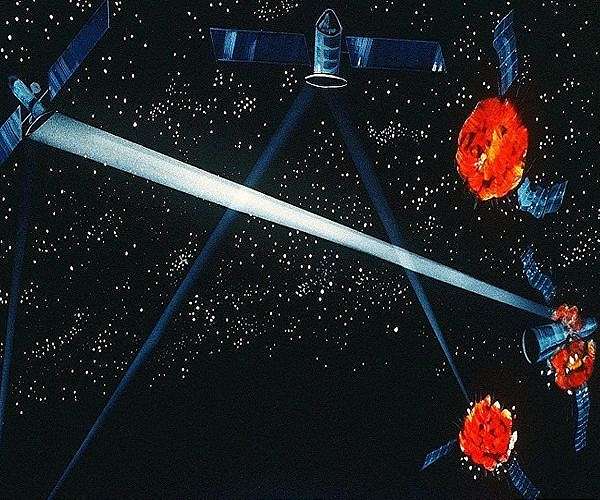
Northrop Grumman Corporation has been selected by the U.S. Space Force's (USSF) Space and Missile Systems Center (SMC) to proceed with its ongoing Protected Tactical SATCOM (PTS) Rapid Prototype program, with a flight demonstration of the company's PTS payload set to occur in 2024.
Selected for the initial award through the Space Enterprise Consortium, this continuation enables Northrop Grumman to proceed with the completion of the detailed design, manufacturing and testing of the payload. The company will also integrate its payload onto a host space vehicle and conduct its on-orbit demonstration.
"Northrop Grumman's selection to continue its Protected Tactical SATCOM rapid prototyping reflects our close collaboration with SMC and allows us to further support the Space Force's critical mission," said Cyrus Dhalla, vice president, communication systems, Northrop Grumman. "Our digital engineering approach has enabled the rapid pace of our analysis and demonstrations, which have validated that the Space Force can deliver significantly enhanced anti-jam performance to the warfighter."
Northrop Grumman completed the preliminary design peer review of its PTS prototype in December 2020. The company has also demonstrated the interoperability of its prototype with the government's PTS test terminal, and has successfully validated the advanced, anti-jam performance of its design using the Protected Tactical Waveform, an anti-jam communications waveform that allows access to secure, protected communications by the tactical warfighter.
Through this program, Northrop Grumman builds on more than four decades of experience in delivering protected military SATCOM mission capabilities. The company's flight demonstration of the PTS payload will feature advanced anti-jam SATCOM links as an element of the Protected Anti-Jam Tactical SATCOM architecture, which includes space, ground and gateway segments.
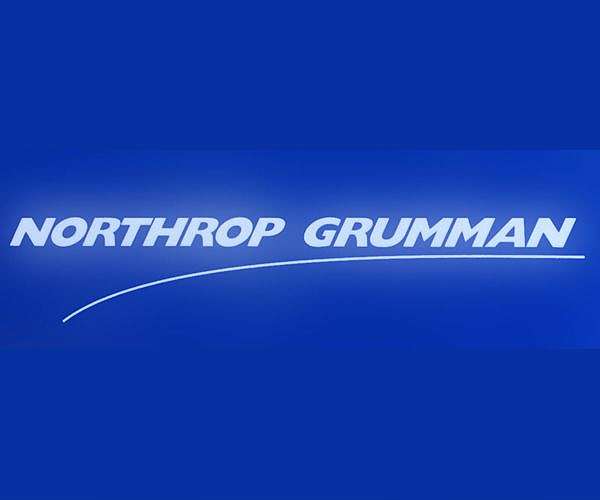
It is well known that the Straits of Gibraltar provide access to the Mediterranean Sea. In terms of strategic importance, this geographic phenomenon provides a control point for all seagoing traffic between the Atlantic Ocean and the Mediterranean Sea. Is there an analogous strategic structure for access to space?
For low-Earth orbit (LEO) traffic there is such a geographic phenomenon. Thanks to the physics of orbital mechanics, the equatorial plane offers the potential to act as an access-control point. The underlying reason is that all LEO traffic must cross the equator within every 50-minute time interval.
This means that every satellite in every LEO constellation must cross the same plane twice per circuit around the Earth. If some entity were to place an offensive/defensive system in equatorial orbit, this could potentially control all near-Earth space operations. Such a concept could represent the foundation for a space-control architecture.
Imagine a scenario in which the US Space Force (USSF) might want to control all LEO operations. It is conceivable that one or more armed military space stations could be placed over the equator with crews that consist of USSF Guardians who operate a variety of onboard and ground-based weapons. Such vehicles could be equipped with docking ports to allow rendezvous and docking of other spacecraft for crew transfers and resupply activities.
Currently, there is only one fully operational and permanently inhabited space station in LEO, the International Space Station (ISS). This huge spacecraft is over 20 years old and is used to provide an orbiting facility for studying the effects of spaceflight on the human body and for conducting many long-length scientific studies.
Because China, India, Russia and the US are planning other stations for the coming decades, space is already heavily contested by several spacefaring nations. There are already many adversarial operations in LEO and these seem to be intensifying. A primary mission of the USSF is to protect space assets and maintain US space superiority.
Equatorial orbits for space stations have not previously been considered. All prior space stations have been flown in orbits that cover most of the populated Earth. In other words, their orbits are inclined relative to the equatorial plane. The ISS is in an orbit that is inclined 51.6 degrees away from the equator.
This orbital inclination was selected to accommodate Russian launch-site constraints while offering coverage of most populated areas. Without Russian participation the ISS orbit could have been inclined at 28.4 degrees, the latitude of the US launch site at Cape Canaveral. Unfortunately, the use of inclined orbits imposes certain limitations on launch timing and orbital operations as compared to equatorial destinations.
The use of an equatorial launch site would relieve certain constraints. For example, all spacecraft that are sent to the ISS have very narrow launch windows because liftoff can only occur as the launch site passes through the plane of the ISS orbit. If a planned launch window is missed, there is a one-day launch delay.
A launch from an equatorial launch site to an equatorial space station can occur at any time because the launch site is always in the plane of the station. This geometrical convenience is also true for reusable transport vehicles, i.e., reentry will always bring the vehicle back to the equator.
A number of on-orbit operations can be simplified when operating in equatorial orbits. Maneuvering propellant is minimal because no plane changes are required for rendezvous and servicing of satellites.
Rescue operations can be conducted at any time. On the adverse side, surveillance of the Earth's surface is limited to near-equator regions and launch operations would require an equatorial spaceport. Nevertheless, there may be important national security advantages for over-the-equator stations.

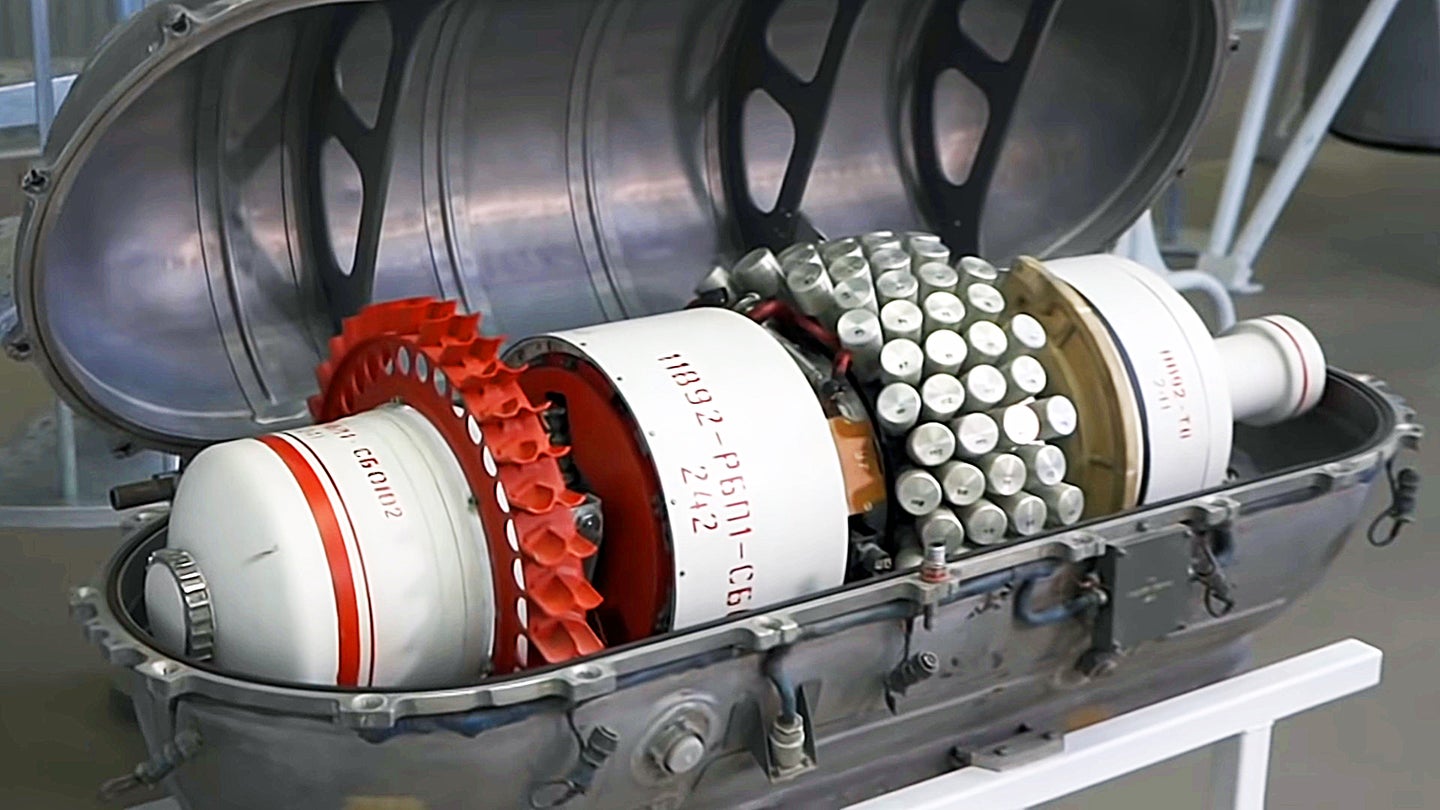
Russian Ministry of Defense's official television station, TV Zvezda, has given the world the first-ever public look at the Shchit-2, or at least a mockup thereof. This was a Soviet-era missile-like space weapon primarily intended to protect Almaz military space stations from incoming threats. The Shchit-2 was a follow-on project to the Shchit-1 self-defense system, which featured a 23mm cannon and is the only gun to have been fired in space, at least that we know about.
The most recent episode of TV Zvezda's "Military Acceptance" program was focused on the Almaz series and associated developments, including both the Shchit-1 and the Shchit-2. Examples of both systems, among other things, were on display in a restricted area at NPO Mashinostroyenia when TV Zvezda's reporter visited recently. NPO Mashinostroyenia is a Russian state-run space development firm, which evolved from a Soviet entity, known simply as OKB-52, that was responsible for, among other things, the development of the Almaz space stations.

Previously, the annual threat assessment report of the US Intelligence community released on 13 April cited a diverse array of threats, magnified by rapidly evolving technology, and warned of the broad national security challenges posed by China and Russia.
A United States Space Force general has warned that space has become a "warfighting domain", just like air, land, and sea, with the newly-created branch of the military facing new challenges and evolving threats.
General John William "Jay" Raymond, who is the Chief of Space Operations for the US Space Force, appeared on Washington Post's "The Path Forward" to claim that China, which was earlier designated a "pacing threat", and Russia have developed "weapons that can either disrupt our satellites or destroy our satellites, from on the ground or in space, or in cyber".
"It is something that has really materialised here over the last handful of years," said the general, adding:
"Our view is that although it is a warfighting domain, our goal is to not get into a conflict that begins or extends into space. Our goal is to deter that from happening... We do not want to get into a conflict that begins or extends into space."

As it assessed a multitude of threats to the US, against the backdrop of the ongoing coronavirus pandemic, such as nation-state competitors, like China and Russia, weapons of mass destruction and climate change, it underscored China's reported preparedness to wield ASAT (anti-satellite) weapons to destroy American satellites.
Agreeing with the testimony, the General said a whole spectrum of threats ranged from "reversible jamming of communications satellites and GPS satellites" to lasers ostensibly being used to blind or dazzle US satellites.
It was emphasised that Chinese satellite Shijian 17 has got a robot arm that can reach out and grab other satellites.
"Our goal is to deter that...the full weight of the Joint Force will be employed to be able to deter that conflict from happening," he stated.
Tired of space junk and weapons, US military commanders presented to Congress on Wednesday an argument to create a framework for rules-based order in space.
One reason for their call was that in January 2007 China demonstrated its ability to destroy a satellite in space when it shot a ballistic missile at one of its own inactive weather satellites.
According to US Space Force Lieutenant General Stephen Whiting, at a House Foreign Affairs and House Armed Services joint subcommittee hearing, the resulting spray of junk comprised 3,000 trackable objects, 10 per cent of all space debris the US tracks. He sternly referred to China's test as "very irresponsible."
Outrage swiftly followed Beijing's 2007 test and China announced it will not do further anti-satellite weapon (ASAT) in the wake of the incident. But it didn't need to: the debris was already a menace in orbit around 850km above Earth.
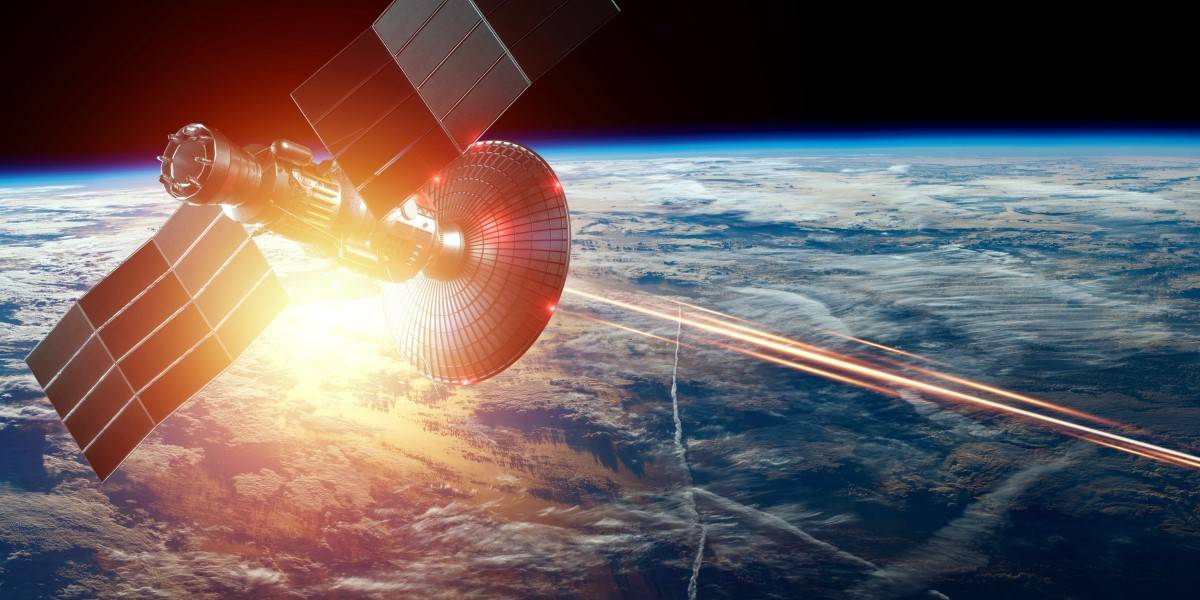
The 2020 National Defense Authorization Act (NDAA) called on the US Department of Defense to provide the US Congress with recommendations for a potential Space Force Reserve element. Presently, members of the National Guard are conducting space missions in seven US states and the territory of Guam.
Gen. Daniel Hokanson, chief of the US National Guard Bureau, revealed on Tuesday that he believes the Pentagon is "fairly close" to finalizing recommendations for creating a formal Space National Guard element of the US Space Force (USSF).
"Among my most pressing concerns ... [is] the establishment of a Space National Guard," the National Guard Bureau chief said in written testimony to members of the House Appropriations Defense Subcommittee on Tuesday.
Hokanson also highlighted that the Air and Army National Guard units are already providing the USSF with some 11% of its forces.
"For 25 years, National Guard space units have provided operational, unit-equipped, surge-to-war capability to protect our nation's vital interests in this contested domain," he said.
Rep. Betty McCollum (D-MN), chair of the House Appropriations Defense Subcommittee, expressed support for the forthcoming recommendations, as well as the accompanying cost projections.
"I'm looking forward to a breakdown on how much this is going to cost to set up a Reserve and a Guard Space Force, as you're referring to," the subcommittee chair told Hokanson. "What would it look like in all 50 states and if it's kind of a hybrid where you're using facilities that are already in existence with the Air Force."
Rep. Ken Calvert (R-CA) also conveyed support for the establishment of a Space National Guard component of the USSF, "especially for states that have existing significant space missions."
The National Guard presently has 14 total space units located in Alaska, California, Colorado, Florida, Hawaii, New York, Ohio and Guam, according to Military.com. Per the NDAA enacted earlier this year, the US may not establish either a Space National Guard or a Space Reserve element of the USSF until these recommendations are approved by Congress.

The Department of the Air Force announced June 4 the designation of Rocket Cargo as the fourth Vanguard program as part of its transformational science and technology portfolio identified in the DAF 2030 Science and Technology strategy for the next decade. Additionally, the U.S. Space Force was designated as the lead service for Rocket Cargo Vanguard, marking the service's first such program.
Under the Rocket Cargo Vanguard, the Air Force Research Laboratory (AFRL) will lead a science and technology effort to determine the viability and utility of using large commercial rockets for Department of Defense global logistics, potentially expanding the portfolio of capabilities the USSF presents to combatant commanders. The Space and Missile Systems Center will serve as the Program Executive Officer.
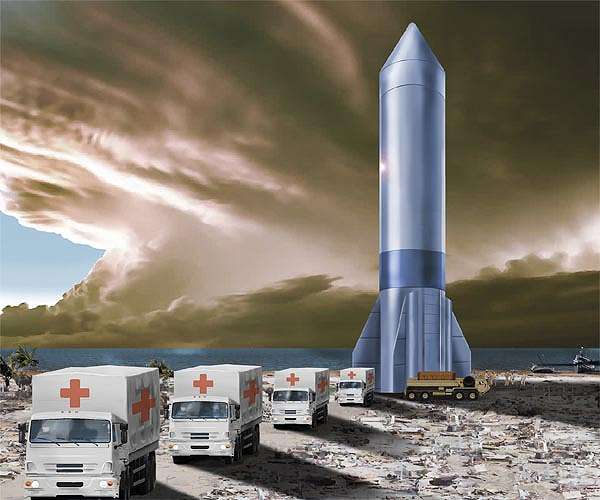
The head of the Space Force acknowledged that the U.S. is developing the “appropriate” directed-energy systems to maintain American space superiority, although he declined to provide details in the unclassified setting of a June 16 congressional hearing.
Noting that directed-energy systems could be a possible defensive tool for American satellites, Rep. Jim Langevin, D-R.I., asked Chief of Space Operations Gen. Jay Raymond whether the United States was adequately developing a directed energy portfolio “to be an effective capability for space dominance.”
“Yes sir, we are,” Raymond responded, suggesting that they discuss the issue in more detail in a classified setting. “We have to be able to protect these capabilities that we rely so heavily on.”
In a statement to C4ISRNET, a Space Force spokesperson said, “General Raymond has stated many times that China and Russia have directed energy capabilities that are designed to damage or destroy our satellites. His response to Congressman James Langevin’s question was confirming that our architecture developments in the face of these threats are appropriate.”
The Missile Defense Agency has explored using space-based lasers to intercept ballistic missiles in the past, and other nations have fielded ground-based laser dazzling weapons that can blind on orbit sensors. However, the Space Force has been effectively mum on what weapon systems — conventional or directed energy — it is developing to protect its satellites or defeat enemy satellites. Raymond’s acknowledgement at the hearing might be the first time he’s publicly confirmed the directed energy systems are under development.
The government cited the development of anti-satellite (ASAT) weapons by China and Russia as a justification for the creation of Space Command and the Space Force, and since their establishment military space leaders have been quick to criticize ASAT development and testing. U.S. Space Command’s Gen. James Dickinson has heavily criticized direct-ascent missile tests by Russia, which demonstrated the ability to take out satellites in low Earth orbit and the potential to cause dangerous space debris. Perhaps more concerning is a mysterious Russian satellite that has shown the ability to fire a projectile in space. Raymond refers to the spacecraft as an on-orbit weapon system.
“Russia has made space a war-fighting domain by testing space-based and ground-based weapons intended to target and destroy satellites. This fact is inconsistent with Moscow’s public claims that Russia seeks to prevent conflict in space,” said Dickinson after a Russian ASAT test in December. “Space is critical to all nations. It is a shared interest to create the conditions for a safe, stable and operationally sustainable space environment.”

Northrop Grumman Corporation has launched the Tactically Responsive Launch-2 (TacRL-2) payload into orbit for the U.S. Space Force (USSF), using the company's Pegasus XL rocket. TacRL-2 was launched from Vandenberg Space Force Base.
The USSF's tactically responsive launch concept seeks to introduce speed, agility, and flexibility into the launch enterprise in order to respond to dynamic changes in the space domain or an operational theater and insert or replace assets on orbit much faster than standard timelines to meet emerging combatant command requirements.
Pegasus, the world's first privately-developed commercial space launch vehicle, is an air-launched three-staged rocket carried aloft by Northrop Grumman's specially modified "Stargazer" L-1011 aircraft. Shortly after its release from Stargazer, at approximately 40,000 feet above the Pacific Ocean, Pegasus ignited its first stage, beginning its successful flight carrying TacRL-2 to its intended orbit.
"This Pegasus launch was a clear demonstration of our team's ability to provide rapid and responsive operational needs," said Rich Straka, vice president, launch vehicles, Northrop Grumman. "Our team was able to execute the design, integration and testing of the TacRL-2 launch vehicle in less than four months from contract award."
This is the 45th launch of Pegasus, which uses solid propulsion to offer maximum responsiveness by enabling launch to a wide variety of orbits on short timelines.
This capability provides customers with the flexibility to operate from virtually anywhere on Earth with minimal ground support requirements. Pegasus has launched more than 90 satellites into low earth orbit from five separate launch sites in the United States, Europe and the Marshall Islands.
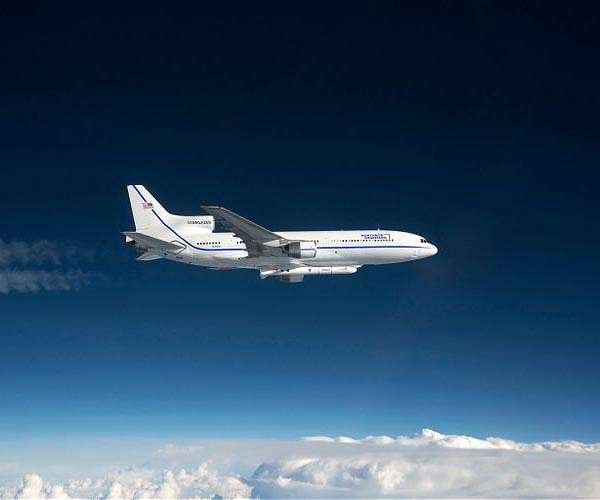
The head of the Space Force acknowledged that the U.S. is developing the “appropriate” directed-energy systems to maintain American space superiority, although he declined to provide details in the unclassified setting of a June 16 congressional hearing.
Noting that directed-energy systems could be a possible defensive tool for American satellites, Rep. Jim Langevin, D-R.I., asked Chief of Space Operations Gen. Jay Raymond whether the United States was adequately developing a directed energy portfolio “to be an effective capability for space dominance.”
“Yes sir, we are,” Raymond responded, suggesting that they discuss the issue in more detail in a classified setting. “We have to be able to protect these capabilities that we rely so heavily on.”
In a statement to C4ISRNET, a Space Force spokesperson said, “General Raymond has stated many times that China and Russia have directed energy capabilities that are designed to damage or destroy our satellites. His response to Congressman James Langevin’s question was confirming that our architecture developments in the face of these threats are appropriate.”

A new arms race is unfolding among spacefaring nations. Space experts have been telling us about contested space for the last several years. The number of active satellites is exploding from about 1,000 a few years ago to an expected 50,000+ within 10 years. The sky is indeed getting very congested.
These satellites provide worldwide communications, GPS navigation, weather forecasting and planetary surveillance. Military organizations rely on many of these satellites in support of modern warfare.
The three main contenders in space are the US, China and Russia. It is entirely possible that the ongoing power struggle may ignite a conflict that could cripple the entire space-based infrastructure while reducing the capabilities of warfighter organizations.

Today, the situation is much more complicated. Low- and high-Earth orbits have become hotbeds of scientific and commercial activity, filled with thousands of satellites from about 60 different nations.
Despite their largely peaceful purposes each satellite is at risk because a few military space powers insist on continued development and test of new space weapons. There is a growing chance that crewed military outposts will enter the space arena sometime soon.
Fifty active-duty Army, Navy and Marine Corps personnel have been chosen to transfer to the U.S. Space Force and will join the branch in July, the Space Force said on Wednesday.
The group will test integration efforts to bring additional personnel into the new military branch, founded in 2019 with a mandate to deter aggression and protect the interests of the United States in space.
The transfers, who will join the branch next month, were selected from a pool of 3,700 officers and enlisted personnel who submitted applications in March.
Another 350 will be selected for transfer in July, each matched to specific Space Force specialties, including space operations, intelligence, cyber, engineering and acquisition, a Space Force press release said.
"The competition for selection has been tough. So many of the applicants are top performers with experiences and skillsets well-suited for the Space Force," Patricia Mulcahy, Space Force Chief Human Capital Officer, said in the release.
"We had the tough job of reviewing the applications to select the 50 candidates for this first transfer opportunity, and will use a similar process for the remainder," Mulcahy said.
The 50, referred to as part of the Inter-Service Transfer to Space Force, Tranche 1, join about 4,800 personnel, largely from the Air Force, who currently comprise the Pentagon's newest branch.
The initial stocking of the Space Force came in 2020, when 2,410 active-duty Air Force personnel, from a pool of 8,500 who volunteered, were formally transferred.
At the same time, the Air Force identified 23 units and organizations, housed at Air Force bases across the country, to be transferred to the Space Force.
In December 2020, Space Force chief Gen. John Raymond, became the eighth member of the Defense Department's Joint Chiefs of Staff.

